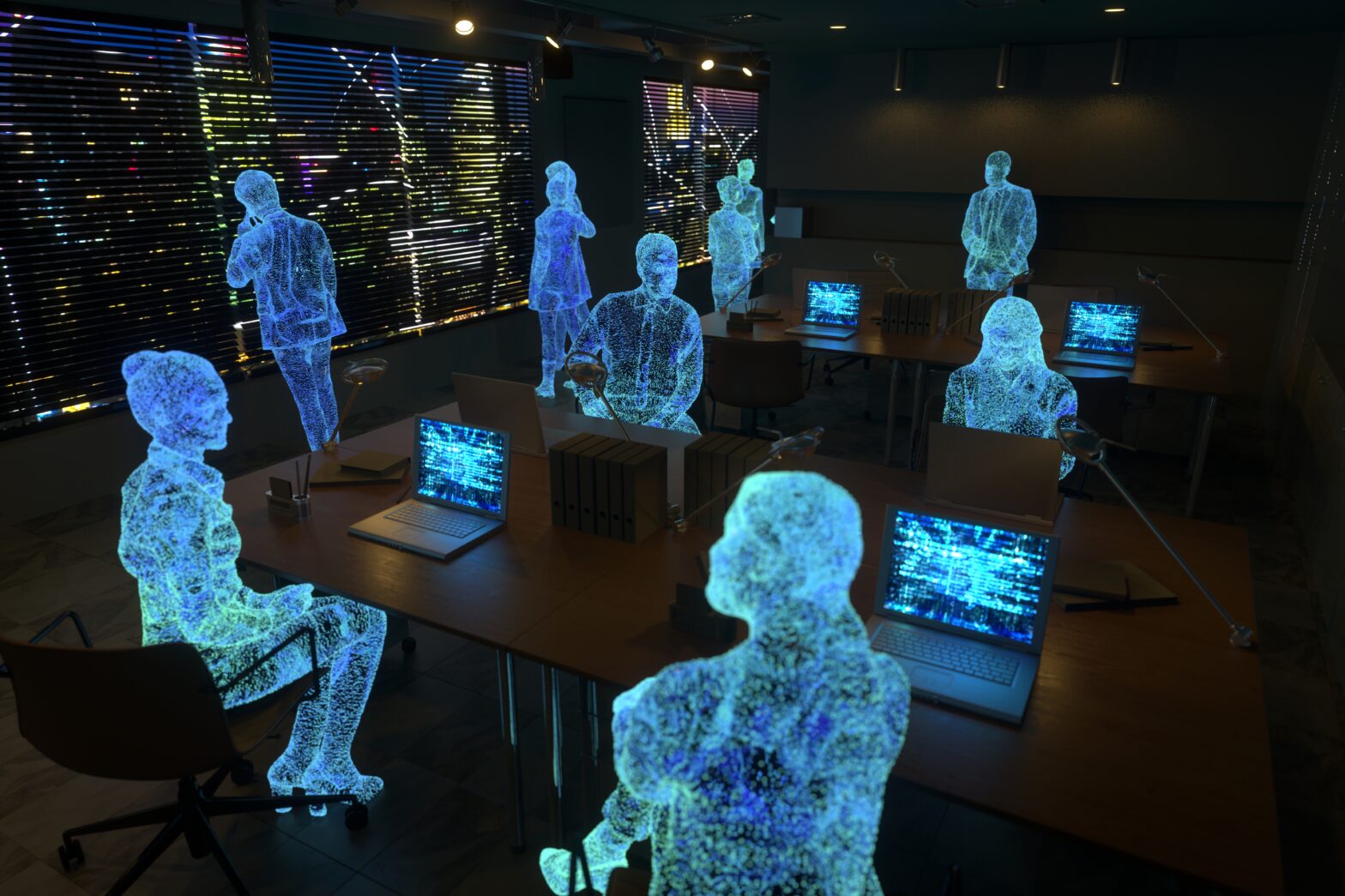In our weekly series, Information Age speaks to Stuart Cupit, chief technology officer and co-founder of INITION, on the changing direction of the CTO and the importance of understanding how customers are going to use and benefit from products/technology.
INITION is based in Shoreditch, London, and they are a multidisciplinary production company, who harness emerging technologies like augmented reality, virtual reality and 3D displays. Inition’s production capability is underpinned by their relationship with a wide range of cutting-edge technology partners.
>See also: VR and AR device market ready to soar
In Information Age’s pursuit of understanding the great variety of chief technology officers that work for technology-led companies in and around our area, we have embarked on a mission to find out what type of CTOs are here, what it takes for them to succeed and what challenges they face.
Donning two hats
Many CTOs fulfil different roles within their organisation. Some are product-focused, while others are more business-orientated, as both a CTO and a co-founder, Cupit fits into both of these categories, describing himself as a sort of interface between clients and the rest of the business, trying to get the technical team to understand the client’s needs.
Coming from a technical background, Cupit has over 25 years of experience working in the field of Virtual Reality, Augmented Reality and real-time interactive 3D graphics, across a wide range of industries. This being the case, utilisation of this experience to introduce new and emerging technologies is a vital part of his role.
>See also: VR vs AR – the battle of the realities
However, according to Cupit: “We are an experience production company, we are not creating a product, we are creating content for customers.”
With this in mind, Cupit’s role is just as much about customer engagement.
“In my role, I have to live in two worlds; the technology world, with developers and manufacturers, and the business world, dealing with the board, the sales teams, and the customers, I also have to bridge the gap between them,” Cupit added.
Staying abreast of innovation
As is the case with the majority of industries, disruption is on their doorstep, and those that don’t innovate will perish. Media production is no different, and according to Cupit, they have to be able to move quickly to make the most of new opportunities.
Cupit said: “We are always looking out for new emerging tech, be it going to shows and events or meeting up with companies who are developing new technology who want us to give them a sense check on it.”
INITION also runs a demonstration studio, which is, according to them, part showroom, part workshop and part playground.
>See also: What’s holding virtual reality back? Lack of VR content
Cupit explained: “We fill it with the latest technology and experiment with new ideas, as well as build and test platforms in development.”
“On top of this, we have an excellent internal communications channel on Slack which everyone that works here uses to discuss and blog about the new technology they’ve come across internally. With these insights we often look to running it through a process of reviewing it, getting it in and using it with our clients.
Innovating in a state of flux
Be it conveying the business benefits of AR and VR or finding qualified staff, working with emerging technology has provided numerous hurdles through the years.
Luckily for INITION, these technologies are getting more mainstream.
Cupit explains: “The people that we used to get typically had gaming backgrounds and now a lot of people have got some experience working with some form of AR device or another related piece of tech.”
“Concerning customer expectations, as these technologies mature, we are seeing a migration from using them solely as communication tools. ”
>See also: Could virtual reality become integrated into people’s lives?
“In the early days, a lot of projects were using this technology for its draw, and it’s wow factor, which is fine. However, as the whole concept of wearing some sort of device, or immersing oneself in a virtual or augmented world becomes more commonplace, there appear to be endless projects customers are looking to get involved in.
“Also, with new hardware and devices coming out and lots and lots of investments in the area generating new ideas, services and platforms, there is still a long way to go.”
Nominations are now open for the Women in IT Awards Ireland and Women in IT Awards Silicon Valley. Nominate yourself, a colleague or someone in your network now! The Women in IT Awards Series – organised by Information Age – aims to tackle this issue and redress the gender imbalance, by showcasing the achievements of women in the










